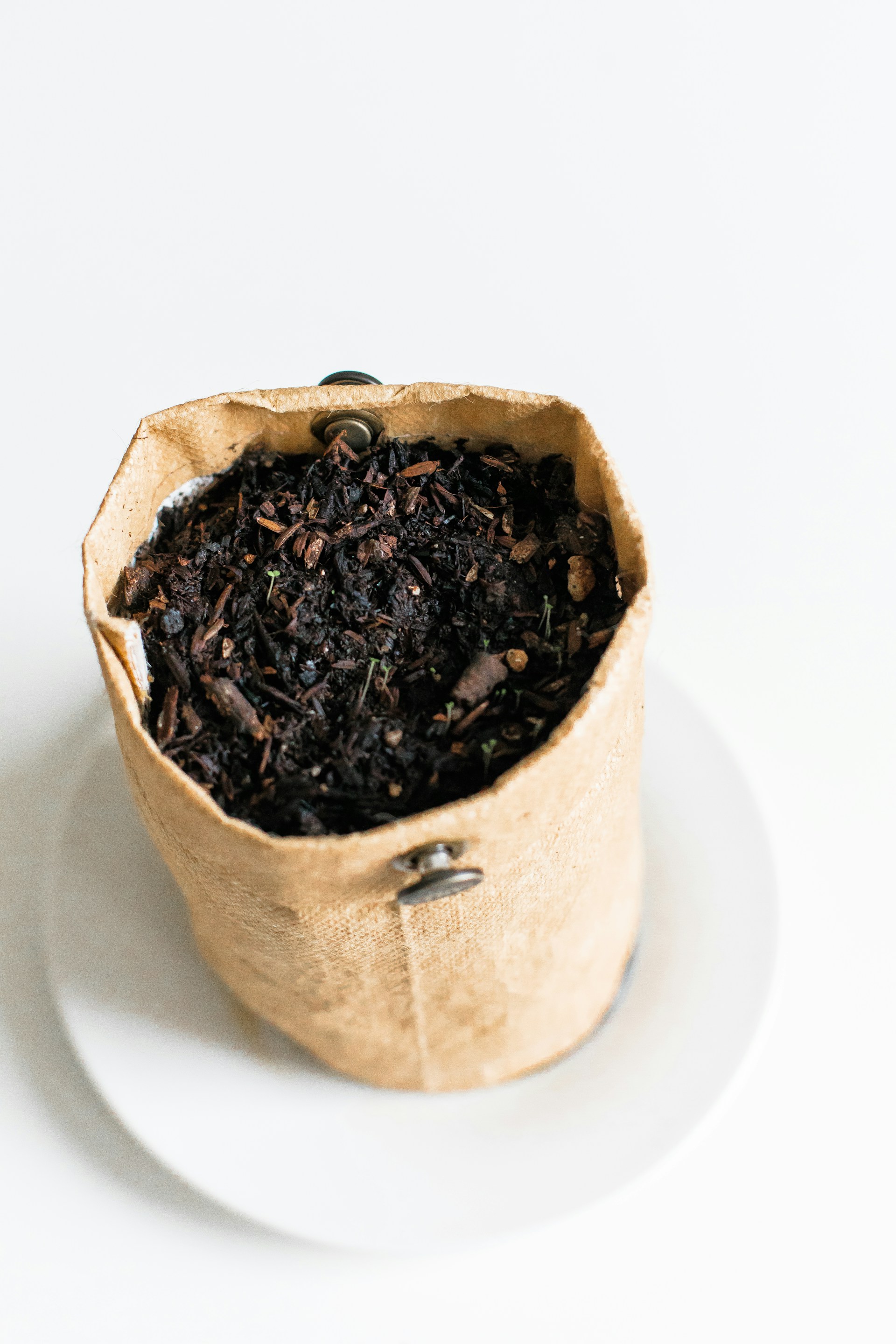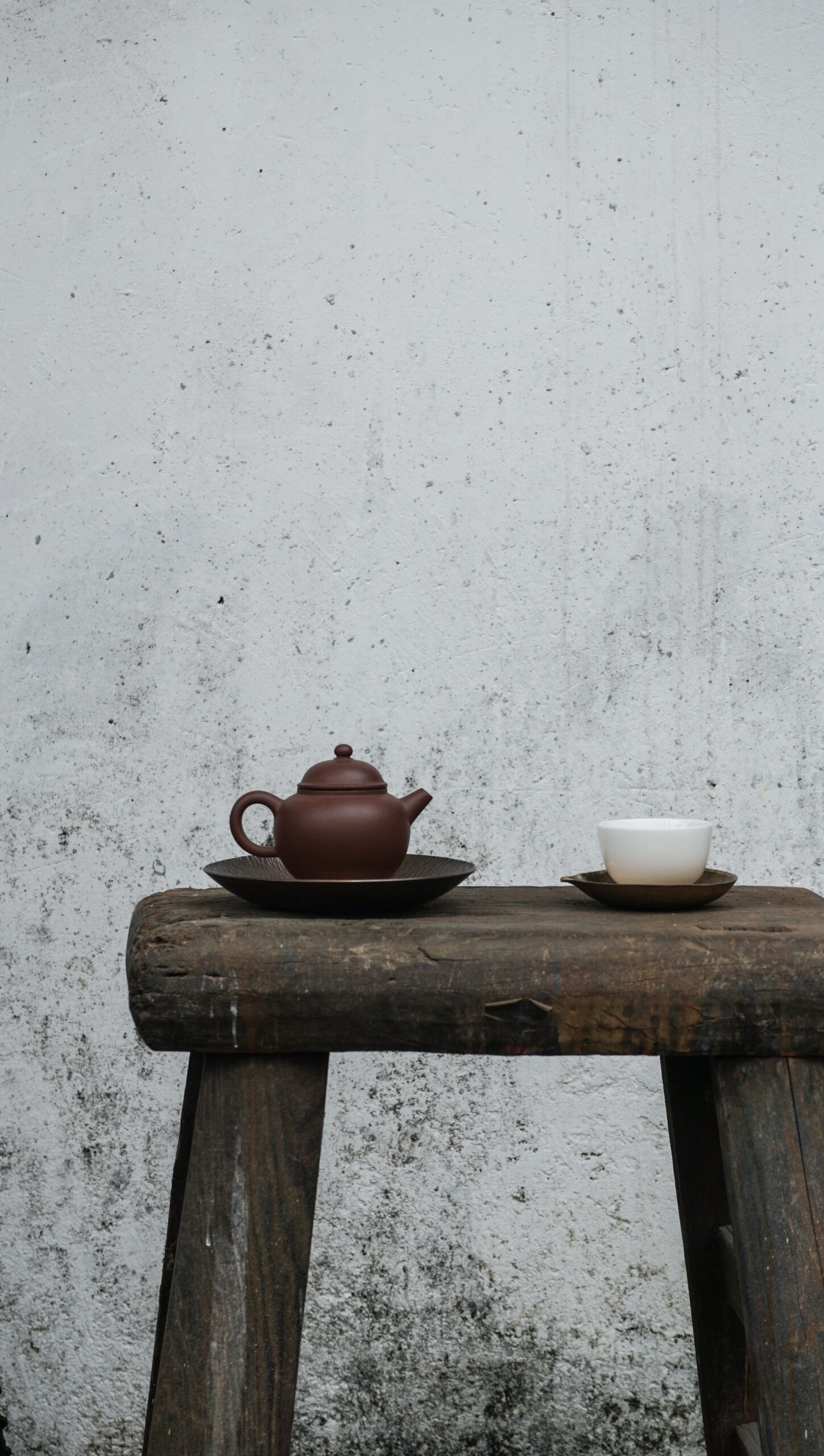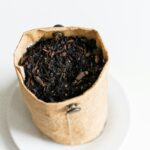SECTION 1: Compostability of Tea Bags – An Analysis
The ability to compost used tea bags holds great promise in waste management. Being a ubiquitous feature in American households, tea bags annually contribute a significant amount of waste. But what makes them compostable?
The material composition of tea bags plays a key role. Bags crafted from filter paper, silk, and cotton are compostable as they are biodegradable, decomposing over time to enrich the soil. However, plastic tea bags and certain types of adhesives are non-compostable, remaining stubbornly intact and potentially harming the environment.
While tea bag materials may vary, the composition of the tea leaves is a constant boon. Tea leaves are naturally compostable, adding nitrogen-rich green waste to your compost heap. From the use of a Lomi composter to a lovely backyard heap, there are numerous ways to compost our tea bags at home.
SECTION 2: Removing Non-compostable Parts
Despite the compostable nature of many tea bags, some elements need handling before composting. Staples or adhesive, often used to seal bags, are not compostable and must be removed, according to www.recycleacup.com. Detaching these non-compostable parts ensures a purer compost, assisting in substantial waste reduction.
The beauty of biodegradable pyramid tea bags lies in their ease of compostability. Fashioned from silk or soil-friendly Soilon, these bags require no deconstruction, thereby simplifying the composting process while fulfilling the ‘Tea Bag Composting’ objective.
SECTION 3: Tea and Coffee – A Seamless Composting Duo
For those indulged in both brews, the good news is coffee grounds and tea make an excellent composting pair. Just as tea bags contribute nitrogen to compost, coffee grounds serve the same purpose without disruption.
Composting works best when there’s balance, with a pleasant blend of different types of waste adding to the compost’s richness. The fact that you can compost coffee alongside tea, as the guidance reveals, adds another feather in the cap of a sustainable lifestyle.
SECTION 4: The Composting Process – Digging Deeper
Why do some materials compost better than others? How does ‘green waste’ differ from ‘brown waste’? The secret lies in the science of composting. According to Wikipedia, composting relies on balanced inputs of green waste, rich in nitrogen, and brown waste, rich in carbon.
Tea bags, being rich in nitrogen, are green waste. Compost thrives on a balance of these types, which provides nourishment for helpful bacteria, the heroes of composting. The reward? A rich, fertile soil requiring less commercial fertilizer, giving a massive thumbs-up to nature and waste management.
SECTION 5: Step-by-Step Guide – Composting Used Tea Bags at Home
By now, you’re armed with a fair amount of knowledge about tea bag composting. To bring your green dream into reality, here’s a concise guide for composting those aromatic bags:
1. Choose compostable tea bags, preferably made of cotton, silk, or paper.
2. Remove non-compostable parts, such as staples or non-biodegradable adhesives.
3. Pair the tea bags with other compostable materials like coffee grounds.
4. Throw them in your compost heap or Lomi composter and let nature do its magic.
Doing this reduces waste, enriches soil fertility, and supports a healthier, greener environment. In ‘Green Manufacturing’, every small step matters, and composting used tea bags is absolutely one in the right direction.




